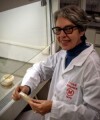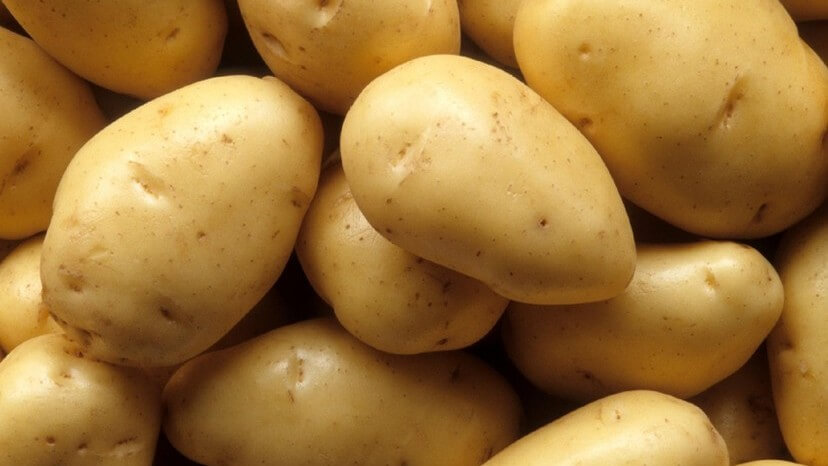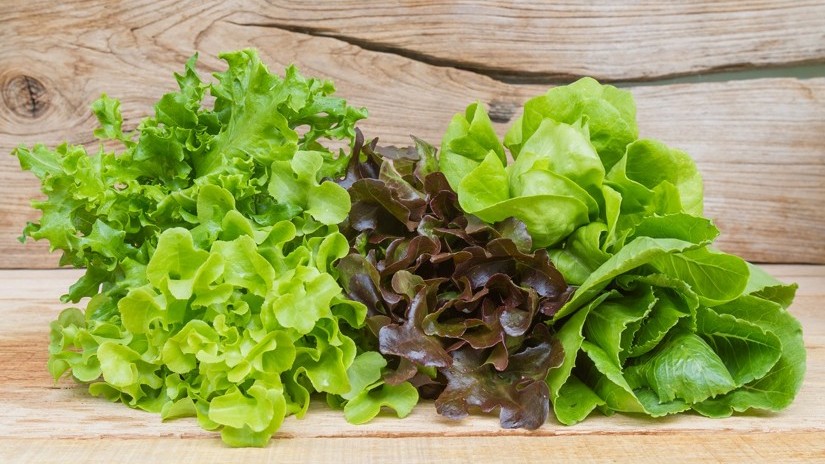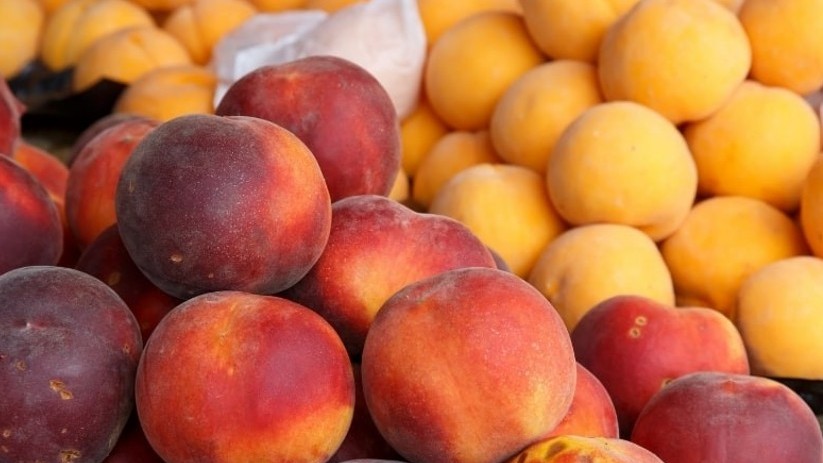News
Papain Reduces Chilling Injury in Green Bell Pepper
Papain, a proteolytic enzyme, mitigates chilling injury in green bell pepper (Capsicum annuum L.) by regulating gene expression and antioxidant enzyme activity
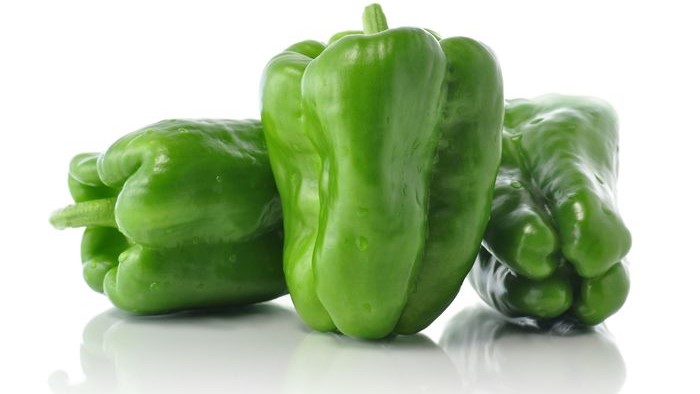
Green bell pepper (Capsicum annuum L., family Solanaceae) is rich in nutrients such as vitamins A and C and contains bioactive compounds, including organic acids, polyphenols, and capsaicin, known for their antioxidant properties.
With annual global production exceeding tens of millions of tons (Food and Agriculture Organization Statistics (FAOSTAT), 2022), the horticultural significance of green bell peppers is well-established.
Chilling Injury and Its Impact
Cold storage is a common strategy to extend the shelf life of green bell peppers; however, temperatures below 7°C can cause severe damage. Symptoms of chilling injury include surface pitting, tissue necrosis, discoloration, and fruit wrinkling. These physical changes are accompanied by physiological alterations such as increased ethylene production, higher respiration rates, and electrolyte leakage, all of which negatively impact visual quality, texture, and nutritional content.
Chilling-induced pitting stems from stress effects on the integrity and functionality of cell membranes. Low temperatures lead to membrane lipid peroxidation and degradation, driven mainly by oxidative stress involving reactive oxygen species (ROS) and catalyzed by the enzyme lipoxygenase. Lipid peroxidation results in decreased membrane fluidity, marked by elevated malondialdehyde levels, an oxidative stress indicator.
Strategies to Combat Chilling Injury
Effective approaches to alleviate chilling damage include the removal of excess ROS and prevention of lipid peroxidation. Research has explored combined treatments such as cold shock and oxalic acid. The ongoing search for natural alternatives has led to the evaluation of compounds like papain.
Papain: A Proteolytic Enzyme
Papain, a protease found in papaya, is widely used in the food, pharmaceutical, and meat industries. Plant proteases similar to papain have been linked to enhanced tolerance to stress, providing defense against insects, pathogens, and environmental challenges such as drought and salinity.
Study Focus and Findings
A recent study assessed the effect of papain treatment on the development of chilling injury in green bell peppers, particularly concerning lipid metabolism and antioxidant capacity during low-temperature storage. The research measured biochemical and physiological changes through various parameters, including chilling injury index, fruit firmness and color, relative electrical conductivity, malondialdehyde content, antioxidant enzyme activity, and plasma membrane integrity. Gene expression related to these enzymes was also analyzed.
Green bell peppers were treated with a 1.6 g/L papain solution for 20 minutes and stored for eight days at 4°C, followed by three days at 20°C to simulate market conditions.
Results: Delayed Onset of Chilling Symptoms
The study found that papain treatment delayed the onset of chilling injury symptoms. Compared to the control group, treated peppers maintained better firmness, chlorophyll content, and ascorbic acid levels while showing reduced relative conductivity, malondialdehyde, and ROS levels.
Papain treatment also decreased the activity and gene expression of lipoxygenase while enhancing the activity of antioxidant enzymes such as catalase, superoxide dismutase, peroxidase, and ascorbate oxidase, along with the expression of their corresponding genes.
These findings suggest that papain treatment helps mitigate cold-induced damage and lipid peroxidation in cell membranes by boosting antioxidant capacity.
Conclusion and Future Directions
This study presents a practical and eco-friendly approach to improving the postharvest quality of green bell peppers. Future research should focus on elucidating the molecular mechanisms underlying papain’s protective effects.
Sources
Lin, Z.; Shi, J.; Lu, H.; Zhao Y.; Wang, X.; Yuan, S.; Yue, X.; Xu, X.; Zuo, J.; Chen, B.; Feng, B.; Wang, Q. (2024). Papain reduces chilling injury in green bell pepper (Capsicum annuum L.) by regulating the activity and gene expression of antioxidant enzymes. Postharvest Biology and Technology, 218: 113159.
Image
Green Bell Pepper Image (Accessed on 10/30/2024).


